2799 yuan! My Experience with the Lenovo Legion Slim 5 Lightweight All-Rounder Laptop Exceeded Expectations
![]() 07/08 2025
07/08 2025
![]() 526
526
I have a friend.
Five years ago, during the college entrance examination, my friend excelled and his name was proudly displayed on the school banner. His father generously approved a budget of nearly 10,000 yuan, allowing him to bring home a Lenovo Legion laptop, which instantly made him the envy of his university dormitory.
I also have a cousin.
Five years later, my cousin did not perform as well. Although his college entrance examination scores were not terrible, they were far from his usual standards. Looking at his results, which barely scraped through to a second-tier university, his father also made a gesture—
Ah, it wasn't a slap in the face; his father simply slapped an envelope on the table. Due to his poor performance, his budget for buying a laptop shrank from the expected 10,000 yuan to a mere 3,000 yuan.

So he came to me.
Not only did he have a budget of only 3,000 yuan, but my cousin also had quite a few requirements. Despite planning to study Chinese Language and Literature, he still hoped his laptop would have a dedicated graphics card for gaming. Although he didn't aspire to own a Razer or ROG, he seemed to have a particular fondness for first-tier brands. Considering he might occasionally take it to class, he also wanted the laptop to be compact.
He wanted this and that, but the budget was capped at 3,000 yuan, leaving even my experienced self in a dilemma.
Especially regarding the size requirement, there aren't many 14-inch all-rounder laptops on the market currently. Due to low demand, such products are unusually expensive. Even a four-year-old ROG Zephyrus G14 in good condition costs around 4,000 yuan. Needless to say, the new products from the past two years are obviously out of my cousin's reach.
But guess what? After searching around, I actually found a solution.
In August 2023, Lenovo released the Legion Slim 5 14-inch laptop overseas. Judging from the model number, this should be considered the 14-inch version of the Lenovo Legion R9000X, with a starting price of up to $1,440 (equivalent to 10,320 yuan).
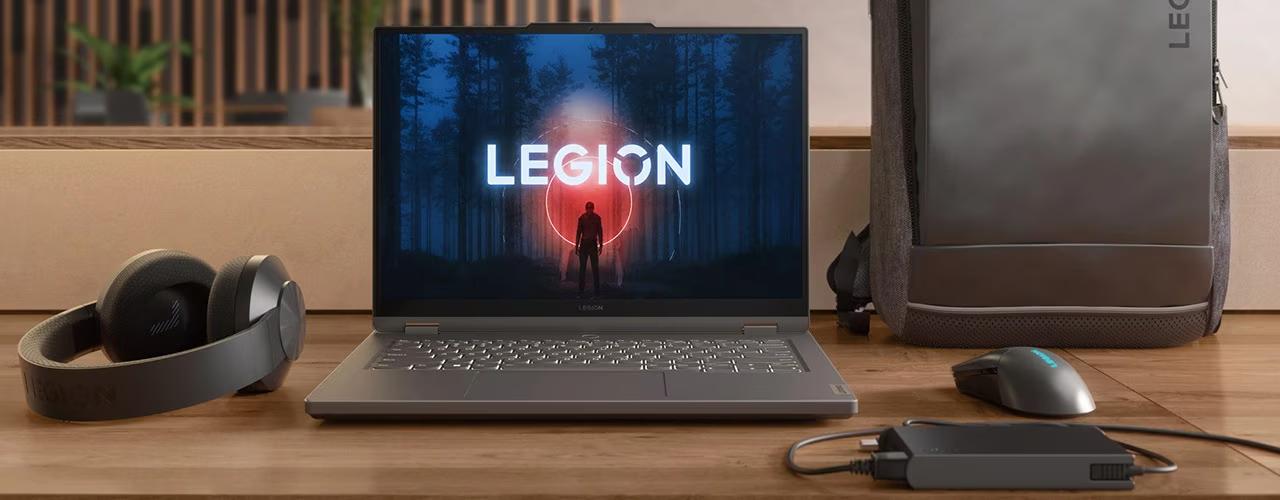
(Image source: Lenovo)
Perhaps due to its high price and niche product positioning, this laptop ultimately did not enter the domestic market.
However, two years later, the arrival of a mysterious shipment brought the name R9000X 14 back into my sight. With its portable body, RTX dedicated graphics card, 2.8K 120Hz OLED screen, and a starting price of just 2,799 yuan, the Lenovo Legion Slim 5 14-inch laptop seems almost too perfect from every angle.
A product like this must not have any issues...right? Below is the experience report from Leitech.
Lightweight laptops tend to be thin, but thin laptops are not necessarily lightweight.
Upon first handling it, the first impression this laptop gave me was—
It's thin, but not lightweight.
I measured it with a vernier caliper, and the thinnest part of the R9000X 14 is less than 18mm, while the thickest part is 21mm. These dimensions are impressive even among lightweight laptops and stand out among all-rounder laptops.
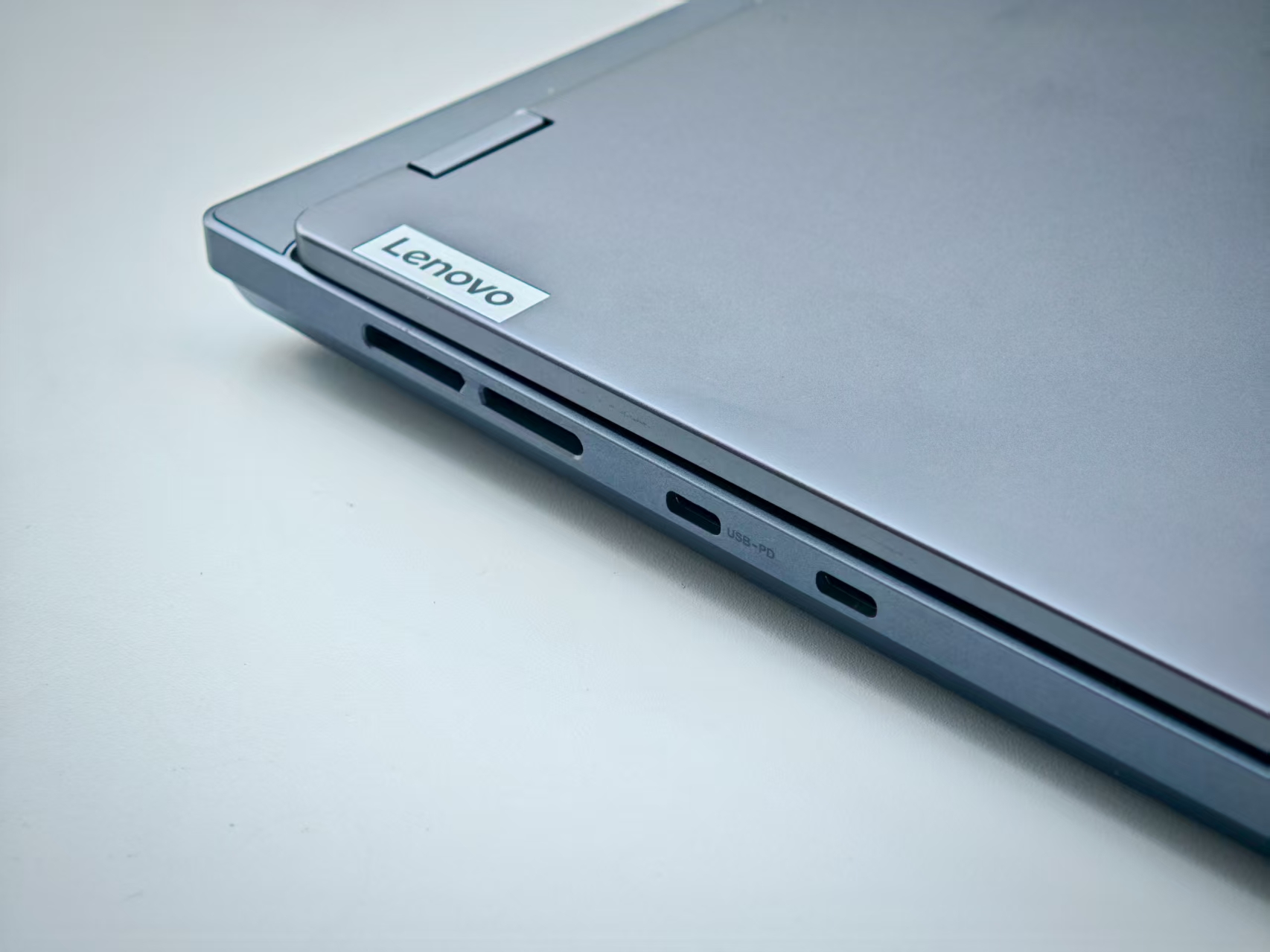
(Image source: Leitech)
However, as soon as you pick it up, you immediately feel the "solidness" brought by the metal body. Lenovo did not use magnesium-aluminum alloy for this product but instead used traditional aluminum alloy. The advantage is that the entire laptop has virtually no "plastic feel," but the trade-off is its weight of 1.75 kg.
And it's a bit large.
With a 14.5-inch body, it's slightly longer than a standard 14-inch lightweight laptop, making it just barely fit into a backpack but not suitable for my more commonly used messenger bag, slightly detracting from the portability experience. This is a bit of a pity.
As for the appearance, the Legion R9000X 14 I bought on Xianyu for 2,799 yuan has a somewhat different style from recent generations of Legion laptops.
Without the prominent Legion logo, RGB lighting effects, or exaggerated lines, the R9000X 14 resembles a reserved high-performance tool. With its standard Storm Grey color scheme, it exudes a calm and professional texture.
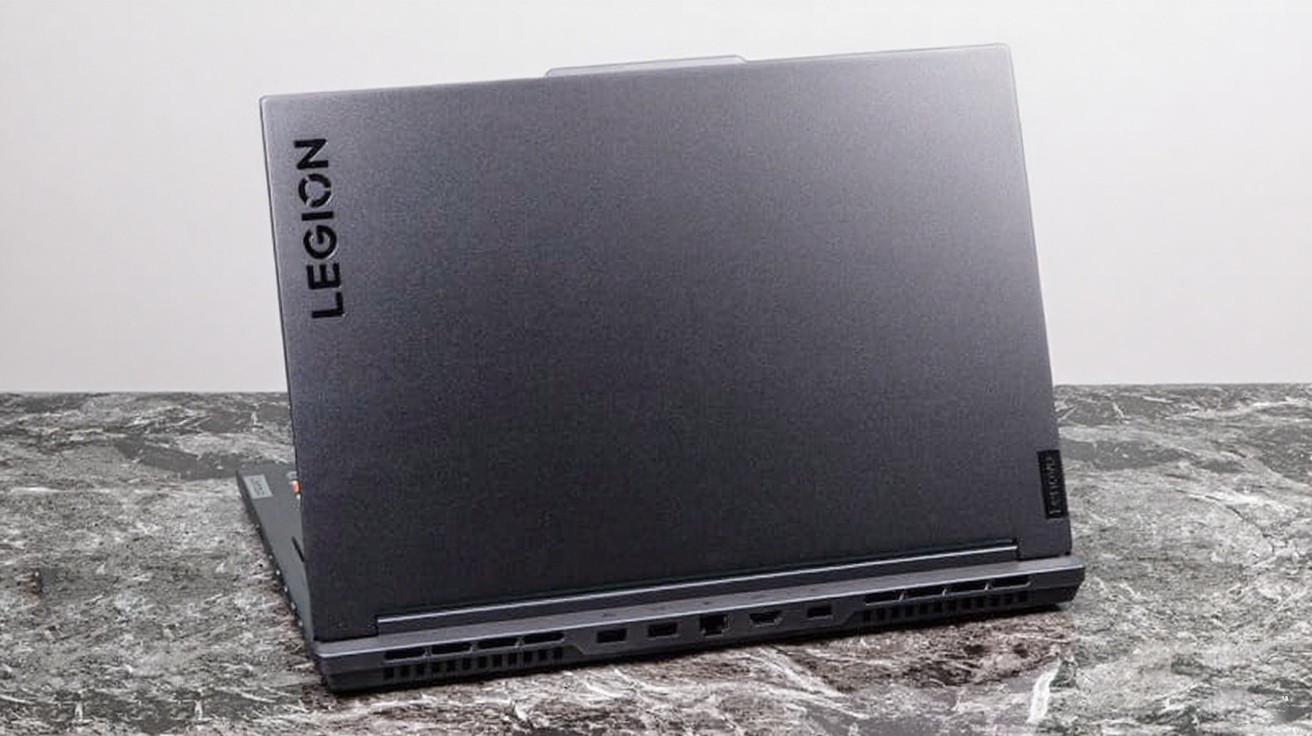
(Image source: Leitech)
In terms of materials, the A-side and D-side of the entire laptop use anodized aluminum, which feels cool and delicate to the touch.
The A-side of the body has two logos placed in the corners, one being a three-dimensional LEGION and the other a small LENOVO etched nameplate. This low-key approach allows the visual focus of the entire laptop to be completely on its solid craftsmanship and materials.
I love this low-key business look; at least my parents won't mistake it for a gaming laptop.
Trying to twist the body, it's evident that Lenovo has done a great job with the body rigidity.
Opening the screen, the hinge damping is perfectly tuned, smooth and stable, allowing for easy one-handed opening and closing.
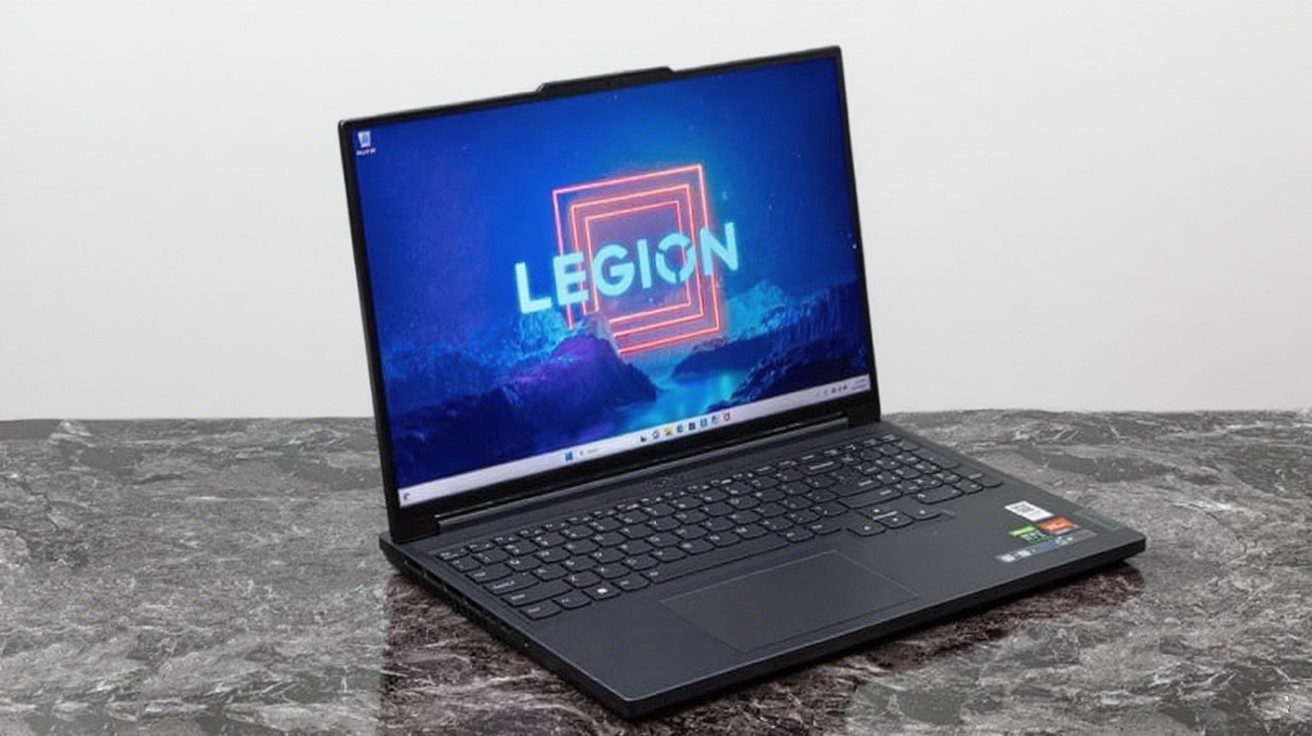
(Image source: Leitech)
The B-side features a 14.5-inch OLED screen with three narrow bezels, a resolution of 2880*1800, a refresh rate of 120Hz, and 100% DCI-P3 wide color gamut.
After adjusting to the DCI-P3 color gamut using xRite, the color accuracy and viewing experience of this screen are excellent. Especially with the OLED panel's inherent pixel-level light control capability, this screen can deliver extremely stunning lighting effects when viewing HDR content.
For a laptop priced at less than 3,000 yuan, the specifications of this screen can be considered a "dimensional reduction strike."
The C-side features the iconic Legion keyboard design, achieving standard-sized keycaps and a reasonable key pitch within the 14-inch body. The keyboard layout is a compact 84-key design with white backlighting adjustable in two brightness levels. The direction keys are half-height but independent of the main key area, reducing the possibility of accidental presses.
The longer key travel, combined with the unique "soft landing" structure and quick rebound characteristics, makes the typing feel both tactile and not too stiff.
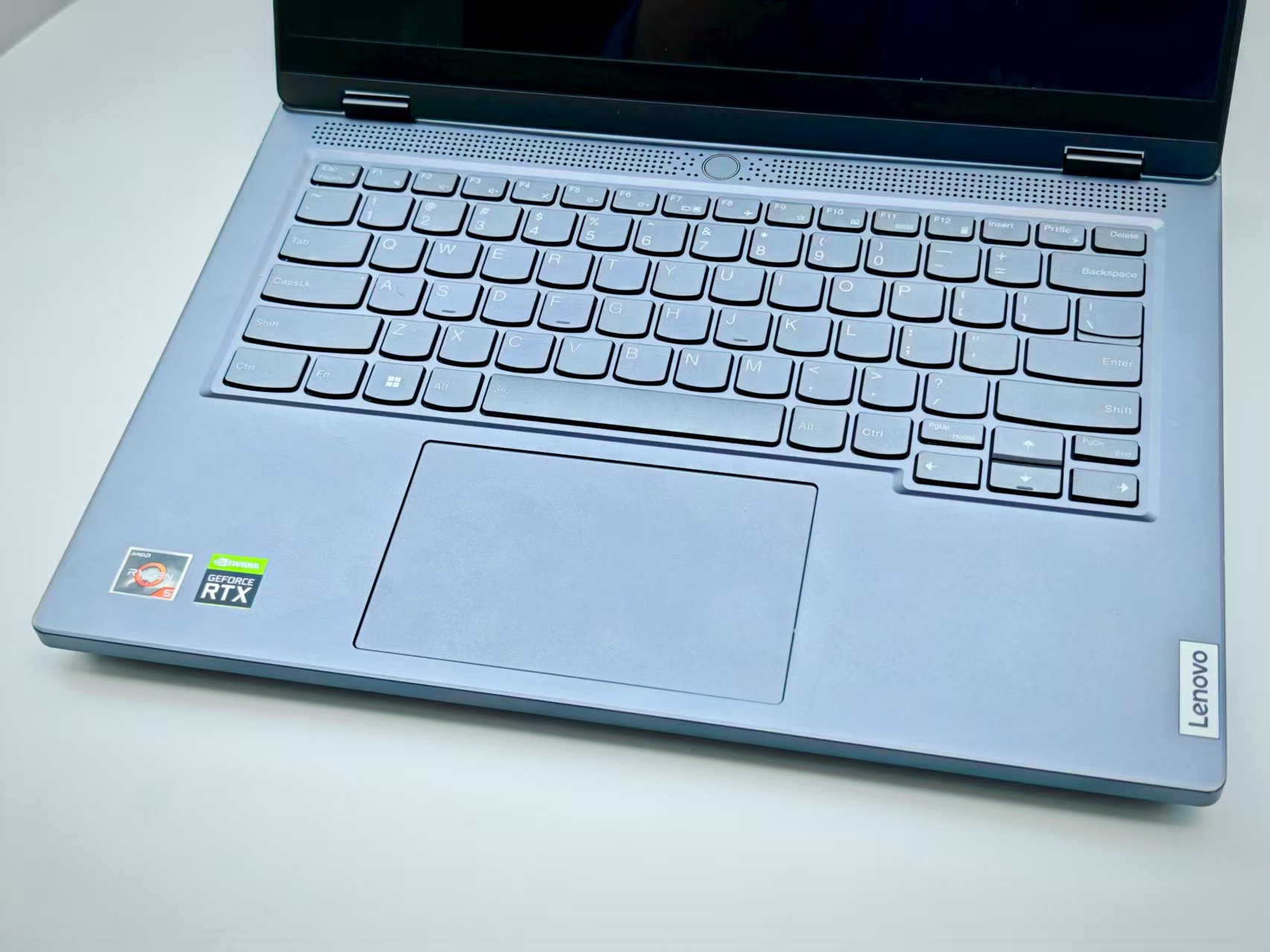
(Image source: Leitech)
However, the touchpad feels genuinely stiff, and pressing it is quite loose.
Finally, let's talk about the ports.
The Legion Slim 5 14 makes full use of the advantage of rear heat dissipation by placing most of the less frequently plugged-in ports at the back of the body, making desktop cable management extremely tidy.
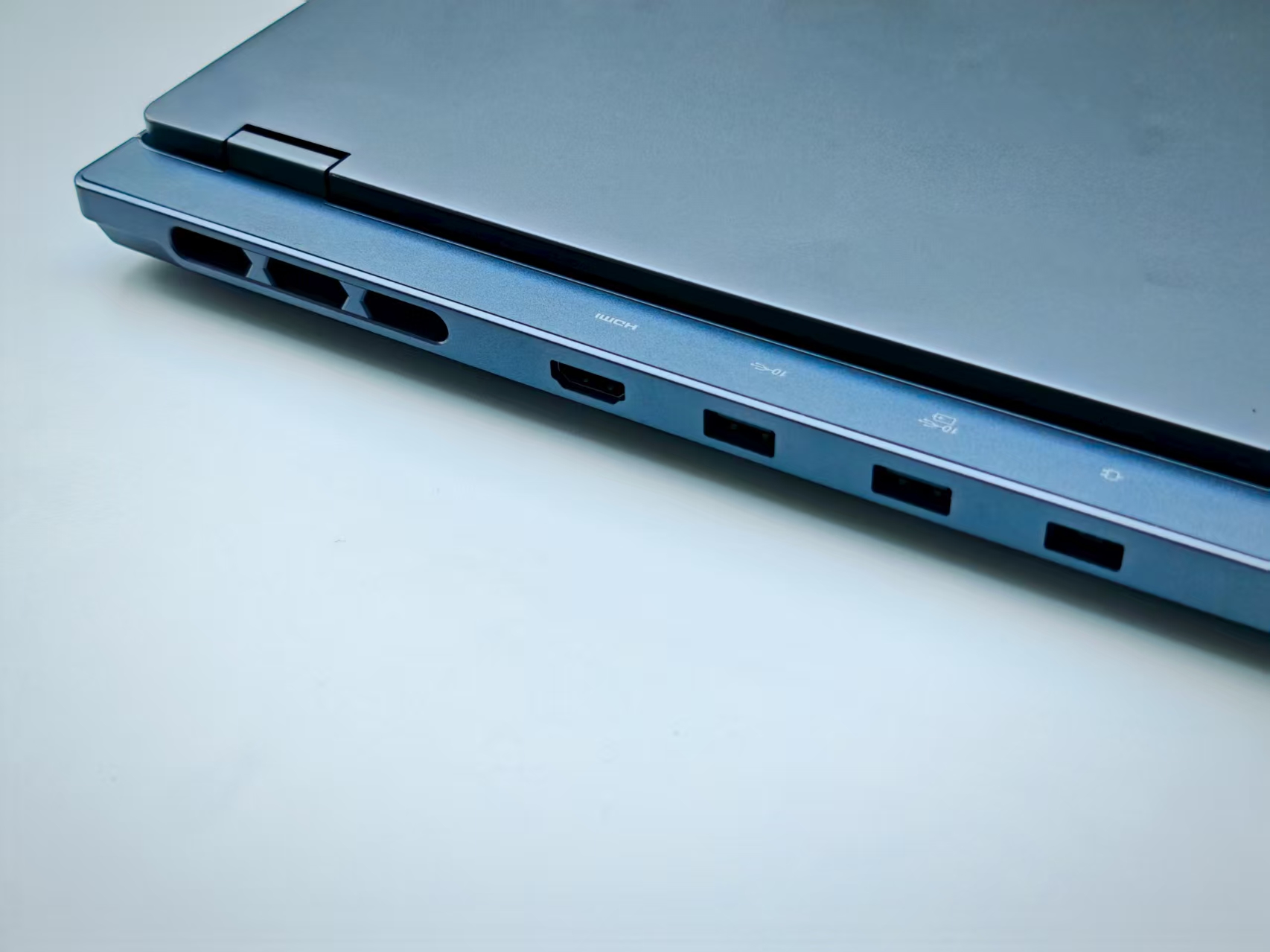
(Image source: Leitech)
While retaining a slim design, the laptop provides two USB 3.2 Gen 2 A ports, two USB 3.2 Gen 2 C ports (one of which supports 140W PD charging), one HDMI 2.1 port, and a full-size SD card reader. Although it does not come with a Thunderbolt port due to using the AMD platform, overall, this port configuration is definitely sufficient for prospective college students.
Engineering machine equipped with a rare CPU, exceeding expectations
The R9000X 14 I have in hand is equipped with a processor you may have never seen before—
AMD Eng Sample.
In fact, this is a general term for the CPUs used in Lenovo factory test machines. The processor we have can be identified from its specifications and integrated graphics as an unnamed R5-7640HS, with six cores and twelve threads, using the "Zen 4" architecture, and a maximum frequency of up to 5.0GHz.
I conducted the common R23 CPU test, and the results are as follows:
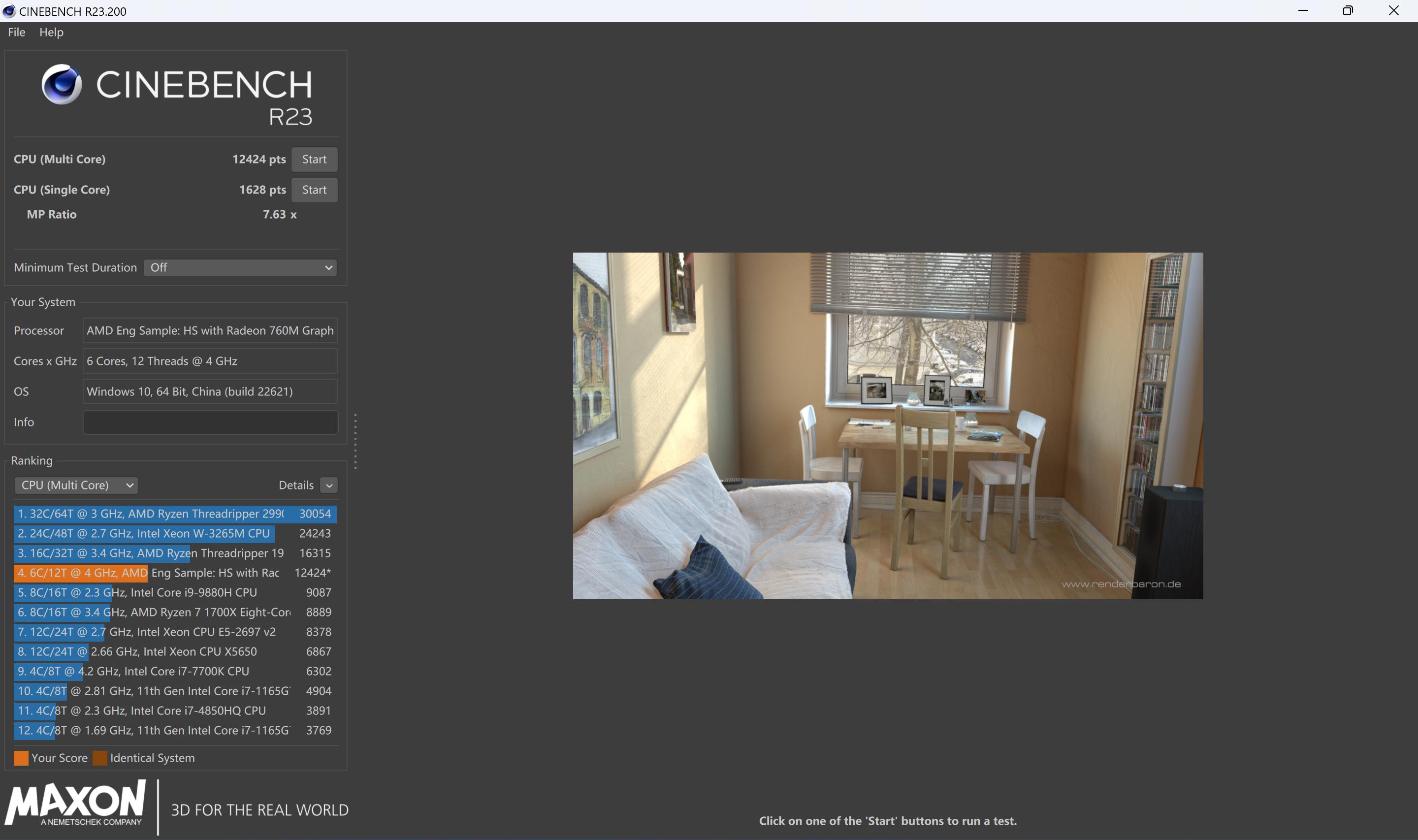
(Image source: Leitech)
Through testing, this engineering sample of the R5-7640HS can basically deliver full performance, ultimately scoring 1628 points in the single-core test and 12424 points in the multi-core test, with overall performance equivalent to about 80% of the R7-8845H.
Now let's look at the graphics card. In addition to the Radeon 760 integrated graphics, this machine is also equipped with an RTX 3050 6GB dedicated graphics card.
This graphics card is also relatively uncommon in China, basically being a minor variant of the RTX 3050 Ti. It has the same 2560 CUDA cores, with the video memory upgraded to 6GB but the bit width reduced to 96-bit. Lenovo provides a graphics card power consumption of 95W, basically squeezing out all the potential of this card.
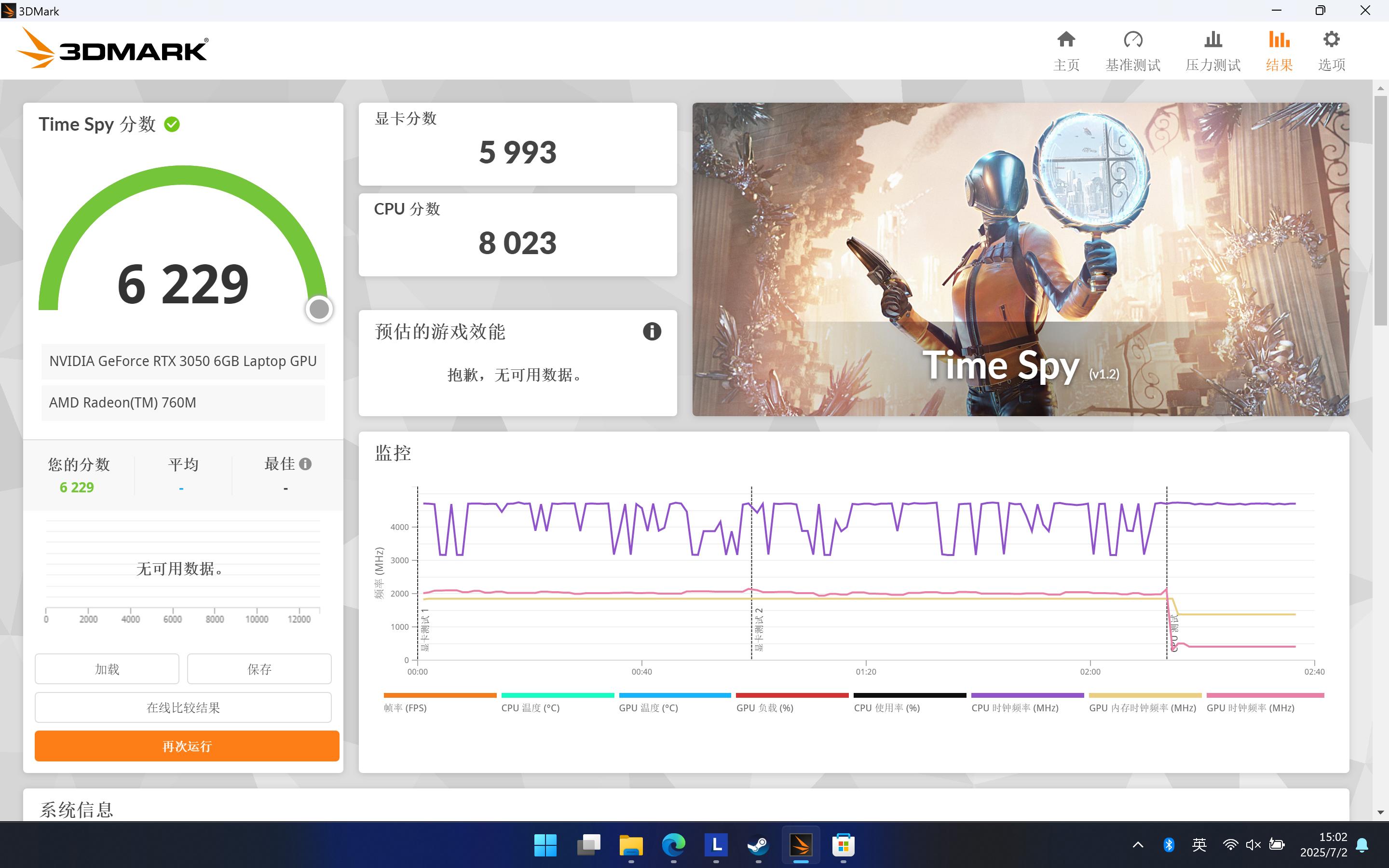
(Image source: Leitech)
The performance is as shown in the image. Based on a TimeSpy graphics score of 6000 points, the actual performance of this graphics card is basically the same as that of the desktop RTX 3050 8G/1660 Super. The larger video memory also allows it to run most FHD+ resolution games without running into thin video memory issues.
In actual game tests, this R9000X 14 can smoothly play most mainstream games at 1080P resolution, such as "League of Legends," "PlayerUnknown's Battlegrounds," and "CS:GO." Games like "Marvel's Midnight Suns" that support FSR frame generation can even provide relatively smooth frame rates at native resolution.
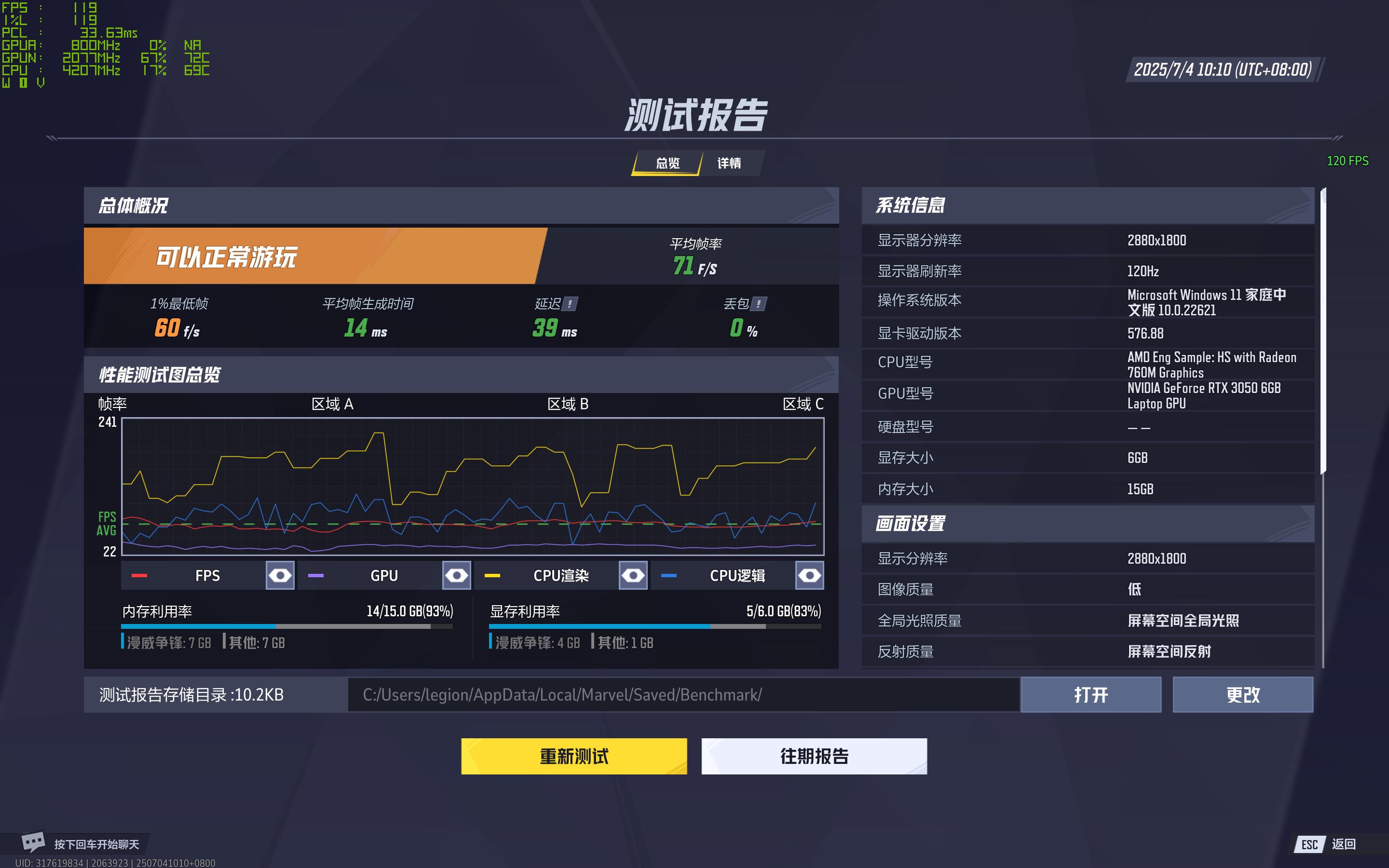
(Image source: Leitech)
However, when running 3A titles with high graphics card performance requirements, such as "Cyberpunk 2077," "Monster Hunter: World," and "Horizon Zero Dawn," it may not achieve the ideal frame rate at high graphics settings, requiring active use of DLSS combined with FSR frame generation to increase frame rates.
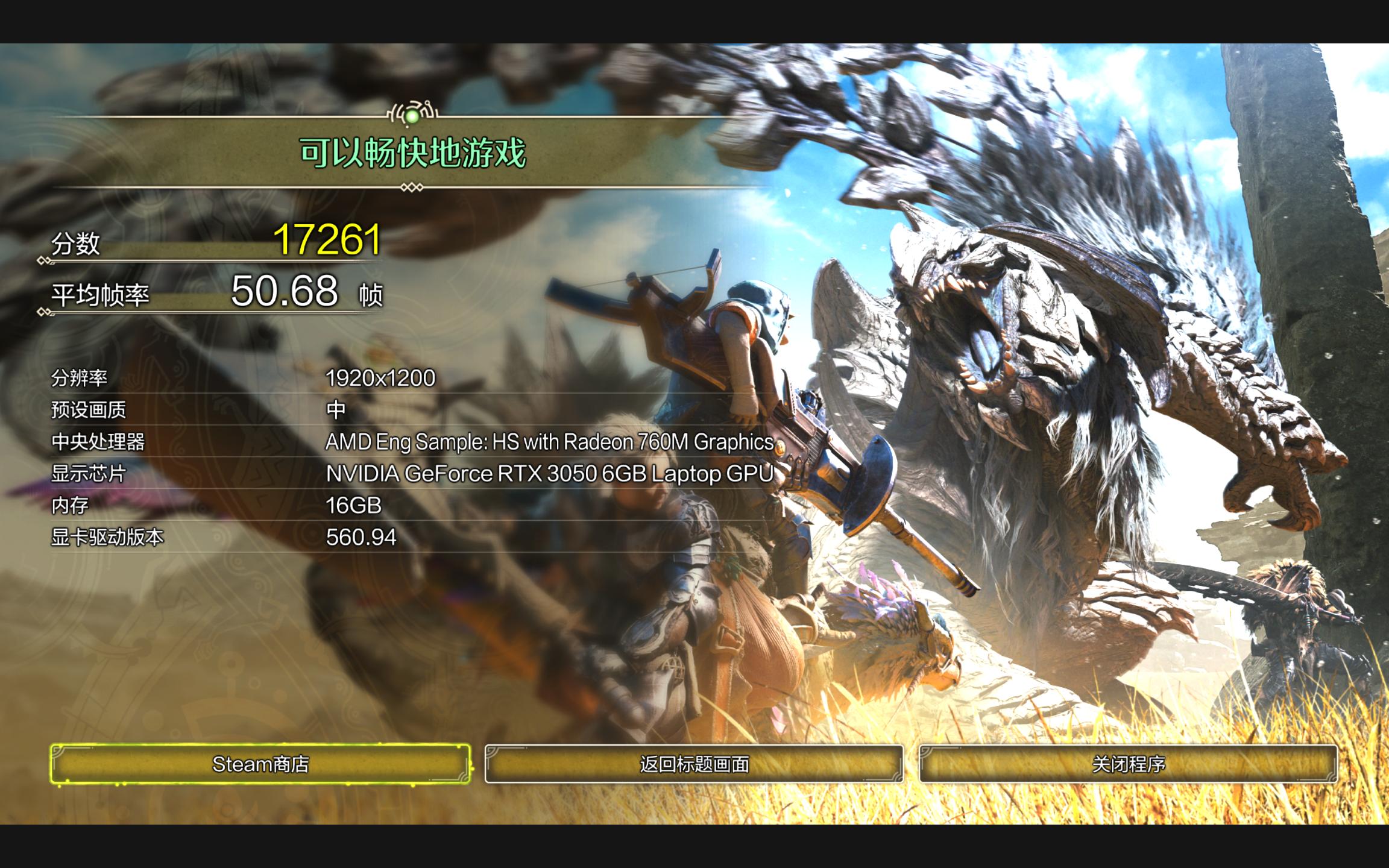
(Image source: Leitech)
As an all-rounder laptop, the daily use experience is naturally a key aspect of the Lenovo R9000X 14.
For the vast majority of users, daily applications are common light loads, such as Office work, web browsing, stock trading, video watching, etc. Therefore, we simulated users' daily applications and used the PCMark 10 benchmark test to examine the performance of the R9000X 14, with the results shown in the table below:
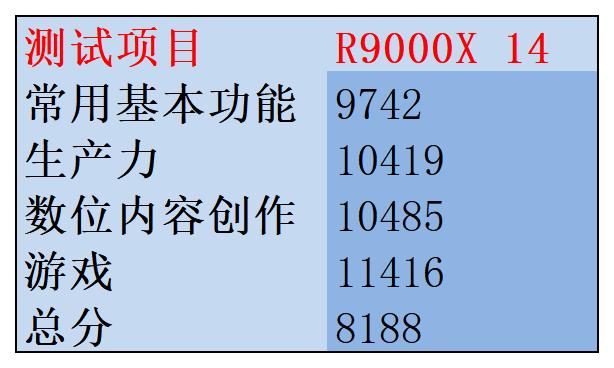
(Image source: Leitech)
As can be seen, in the PCMark 10 Modern Office benchmark test, the Lenovo R9000X 14 scored 8188 points, with a productivity score of 10419 points and a content creation score of 10485 points. Although there is no NPU bonus, it still achieved a middle-to-upper-level score.
Through testing, under daily light loads, whether it's commonly used basic functions, document collaboration, or digital content creation, software that students may use, such as the Adobe suite and Jianying video editing, editing, rendering, and exporting are all quite smooth.
As for industrial software that engineering students may encounter, the performance is relatively average.
Finally, regarding battery life, the battery capacity of the R9000X 14 (73.5Wh) is slightly reduced compared to the R9000P (80Wh) released in the same year. In the PCMark 10 battery life test, it exceeded 8 hours. I tested it and found that it can support over 5 hours of web browsing and document editing in hybrid mode, and can even be extended to 7-8 hours in integrated graphics mode.
Want to take it to class for taking notes? Then this battery life should be sufficient.
The cost-effectiveness is indeed high, but only recommended for those with technical knowledge
Alright, it's time to summarize.
First, let's talk about this product line. The design of the R9000X 14 2023 is quite impressive. The overall mold has excellent texture, the port configuration is well-equipped, there is an M.2 expansion slot, and the screen quality is second to none among current all-rounder laptops. The cooling module can handle up to a 105W RTX 4070, so handling a 95W RTX 3050 6G is naturally not a problem.
The deficiencies mainly focus on the following points: there is room for optimization in the body's projected area and weight; the memory is soldered onto the motherboard, so users cannot upgrade it independently; the standard 73.5Wh battery is slightly lower than similar products from other first-tier manufacturers; when the Beast Mode and DirectStorage are enabled, the sound of the cooler is quite noticeable, but there are no issues like whistling.
Next, let's talk about the product I have in hand.
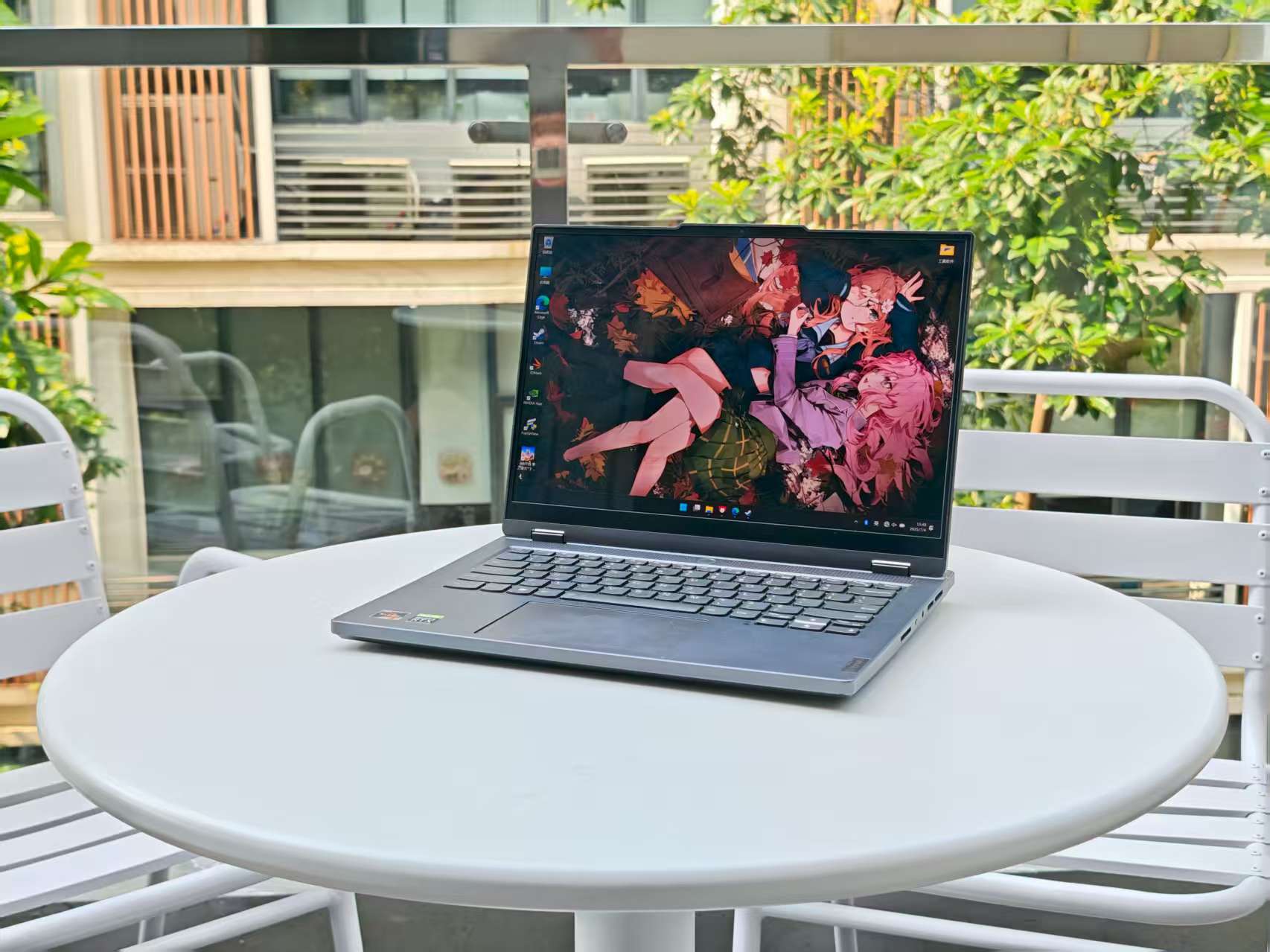
(Image source: Leitech)
As a user who has bought several engineering test machines before, I am very surprised that this R9000X 14 does not have any bugs. After experiencing it for these days, apart from a relatively easy-to-solve issue with the locked C port, this product is like a normal retail machine, and the experience has even exceeded expectations.
Why is this the case?
After some simple exploration, I can confirm that the seller has installed the latest Lenovo BIOS on this factory test machine through some method. In the past, various strange issues with such products were mostly caused by incomplete factory BIOS. The seller has solved a rather tricky problem.
But this doesn't mean I recommend buying such products on Xianyu, because besides software issues like improper cooling strategies caused by early BIOS and locked C ports, some factory test machines have
For instance, Lenovo's Battle Mage Z7000, unveiled this year, stands out as an excellent option within the 5000 yuan price bracket. Equipped with the "N-1" generation combination of R9 8940HX and RTX 5060, coupled with Lenovo's official after-sales guarantee, it virtually overshadows second- and third-tier brands.
However, should your budget be extremely tight, this product offers remarkable value for money.
It would be ideal if Lenovo could introduce this mold to the domestic market this year, paired with a configuration that utilizes RTX 50 series graphics cards.






